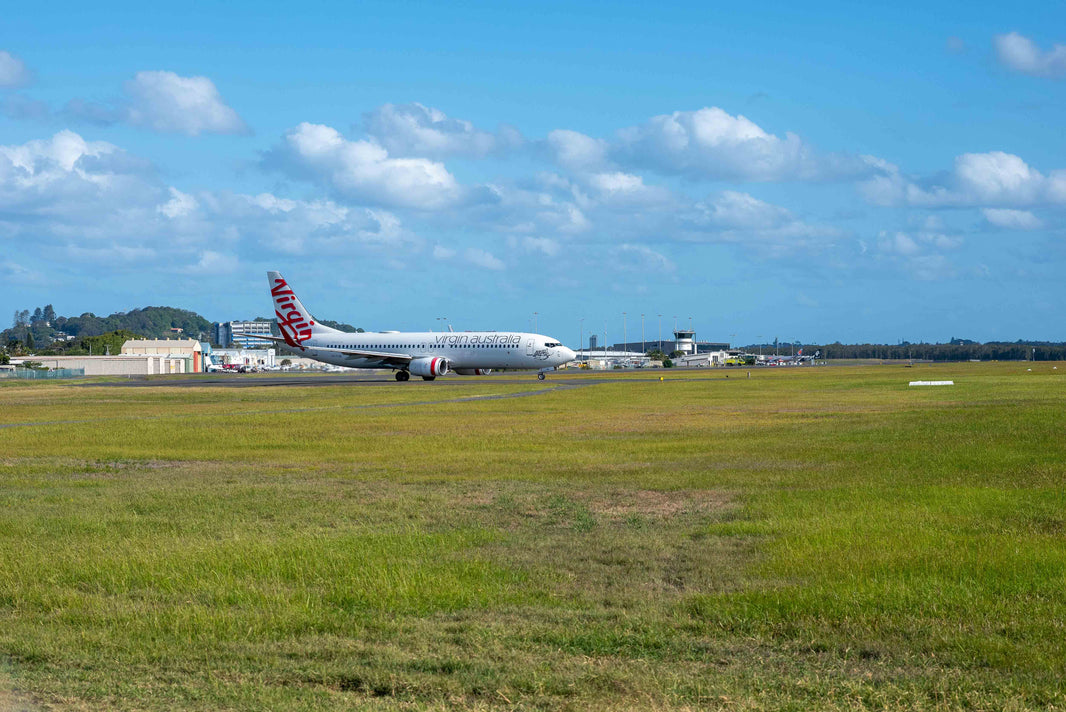Introduction
The rapid evolution of drone technology has revolutionised aerial photography and videography, offering breathtaking perspectives and previously inaccessible vantage points. While drones have provided new creative opportunities, their increasing popularity has also highlighted the importance of safely integrating them into shared airspace. This is particularly crucial in controlled airspaces surrounding airports, such as the Gold Coast Airport. This comprehensive guide aims to equip drone operators with the knowledge and best practices necessary to fly responsibly and legally in this sensitive area.
Understanding Controlled Airspace
Controlled airspaces are designated regions where air traffic control actively manages aircraft movements to ensure the safety and efficiency of aviation operations. These airspaces typically encompass the vicinity of airports, military bases, and other critical infrastructure. Flying a drone within controlled airspace mandates meticulous planning, a thorough understanding of applicable regulations, and the obtainment of requisite approvals and permissions.
The Significance of Controlled Airspace
Controlled airspace serves several vital functions:
- Ensuring Safety: Controlled airspaces prioritise safety by enforcing specific guidelines and restrictions on drone operations, minimising the risk of collisions with manned aircraft.
- Facilitating Efficient Traffic Management: Air traffic control actively coordinates the movement of all aircraft within controlled airspaces, ensuring the smooth flow of traffic and maintaining separation between aircraft.
- Safeguarding Sensitive Areas: Controlled airspaces help protect critical infrastructure, such as airports, government buildings, and military installations, from potential security risks posed by unauthorised drone activities.
Legal Requirements for Operating in Controlled Airspace
To operate a drone within the controlled airspace surrounding Gold Coast Airport, operators must adhere to several legal requirements set forth by the Civil Aviation Safety Authority (CASA):
- Remotely Piloted Aircraft Operator's Certificate (ReOC): Demonstrates competence and compliance with safety regulations.
- Remote Pilot License (RePL): Certifies the pilot to operate the specific type of drone being flown.
- Aeronautical Radio Operator Certificate (AROC): Permits pilots to communicate with air traffic control during drone operations.
- Public Liability Insurance: Ensures adequate coverage for aerial activities.
Obtaining Permissions and Approvals
Flying a drone within the controlled airspace of Gold Coast Airport necessitates obtaining explicit permission from CASA. The approval process typically entails the following steps:
- Submission of Detailed Documentation: Flight plans, risk assessments, certifications, and insurance details must be provided.
- Review and Assessment: CASA reviews the materials to ensure compliance with safety standards.
- Clarification and Additional Information: CASA may request further details during the review process.
- Issuance of Permissions: Upon satisfactory completion of the review, CASA grants the necessary permissions.
It is crucial to allow for processing times of up to six months and budget for CASA fees. Currently, Gold Coast Airport is not included in CASA's automated approval system trial, requiring manual approval processes for drone operations in its vicinity.
Pre-flight Checklist for Drone Operators
Before embarking on a drone mission near Gold Coast Airport, complete this pre-flight checklist:
Equipment Inspection
- Examine all components for optimal condition.
- Ensure batteries are fully charged.
- Update firmware and software.
- Enter required geofencing unlocking codes.
Weather Assessment
- Check current and forecasted weather conditions.
- Avoid flying in adverse weather, such as strong winds or rain.
Flight Planning
- Review airspace restrictions and approved flight paths.
- Develop a detailed flight plan.
- Ensure alignment with permissions obtained.
Safe Flying Practices and Regulations
When operating within Gold Coast Airport’s controlled airspace, follow these practices:
- Maintain visual line of sight at all times.
- Limit altitude to 120 metres (400 feet) unless authorised.
- Keep a minimum distance of 30 metres from people, vehicles, and structures.
- Avoid flying over populated areas.
- Yield to manned aircraft.
- Respect privacy rights.
- Conduct operations during daylight hours unless approved for night flights.
- Adhere to approved distances from runways and taxiways.
Conclusion
Flying a drone within the controlled airspace surrounding Gold Coast Airport demands meticulous planning, adherence to regulations, and a commitment to safety. Drone operators must understand legal requirements, secure necessary permissions, and employ best practices to ensure compliant operations.
For professional drone photography or videography services in the Gold Coast Airport vicinity, trust One Two Shoot Media. We possess the expertise, certifications, and approvals to capture stunning aerial footage safely and legally. Our team navigates the approval process on your behalf, ensuring compliance and delivering top-quality results. Contact us today to discuss your aerial media needs in this area.
By staying informed, following regulations, and prioritising safety, drone operators can responsibly share the skies near Gold Coast Airport. For seamless and lawful aerial projects, consult professional drone service providers. Fly safely and responsibly!



